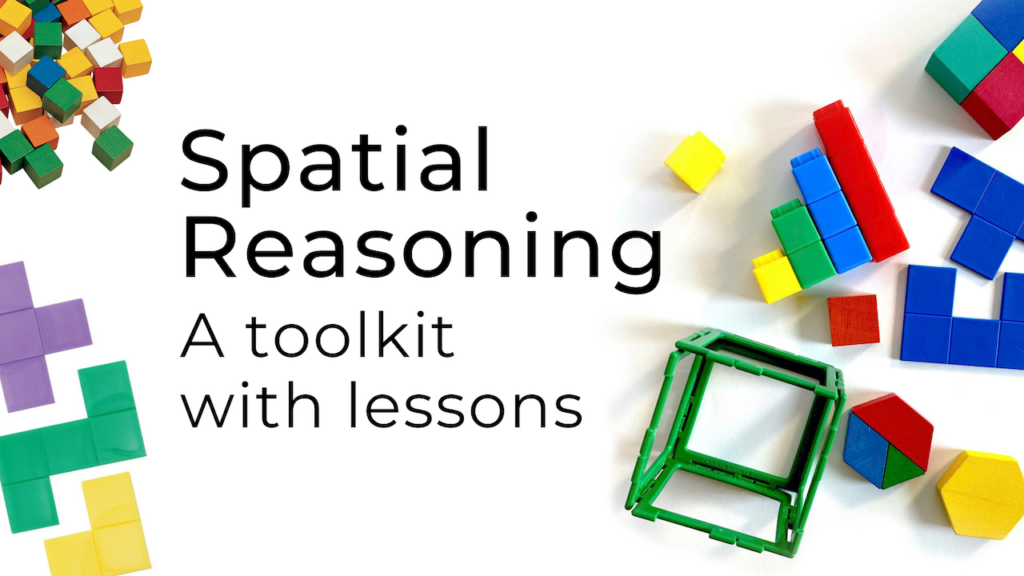Can You Draw This?
Early Years/Primary (Age 3 – 9)
Curriculum Goal
Kindergarten: Demonstrating Literacy and Mathematics Behaviour
- Describe, sort, classify, build, and compare two-dimensional shapes and three-dimensional figures, and describe the location and movement of objects through investigation (#17).
- Apply the mathematical processes to support the development of mathematical thinking, to demonstrate understanding, and to communicate thinking and learning in mathematics, while engaged in play-based learning and in other contexts (#20).
Primary: Geometry and Spatial Sense
- Compose and decompose various structures, and identify the two-dimensional shapes and three-dimensional objects that these structures contain.
Context
- Students communicate their spatial thinking by recalling the details of an image shown to them for a brief moment.
- Students have a hard surface to draw on and have a clear view of teacher or interactive whiteboard.
- The free downloadable Google Slides file has prompts in the presenter notes for teachers.
- This lesson can also be easily adapted to an online environment.
Materials
- “Can You Draw This Images” to be shown to the class:
- Printable PDF (Appendix A).
- Google Slides Document with presenter notes (Appendix B).
- “Blank square templates” for students to draw what they observe:
- Printable PDF (Appendix C).
- Virtual Learning: Jamboard File to be copied for each student (Appendix D)
Lesson
The free Google Slides download includes prompts for teachers in the presenter notes.
- For only a few seconds, present an image from the “Can You Draw This Image” file to your class.
- Hide the image and give students a few minutes to recreate it on their “Blank Square Templates”
- Show the image again and invite students to make edits or changes to their drawing.
- Ask for volunteers to share the process they used to create their drawing.
- Repeat with subsequent images.

Look Fors
- How do the students speak about the shapes? Do they use their proper names (e.g., square, triangle, rectangle, trapezoid, rhombus, hexagon)?
- Do the students use spatial language (e.g., above, below, besides, underneath, top, bottom)?
- How do the children remember and describe the design?
Extension
- Have students create their own design/image that they will challenge a classmate to draw. The student will use spatial language to describe to their classmate what they have drawn.
Share this lesson
Share on facebook
Share on twitter
Share on email

